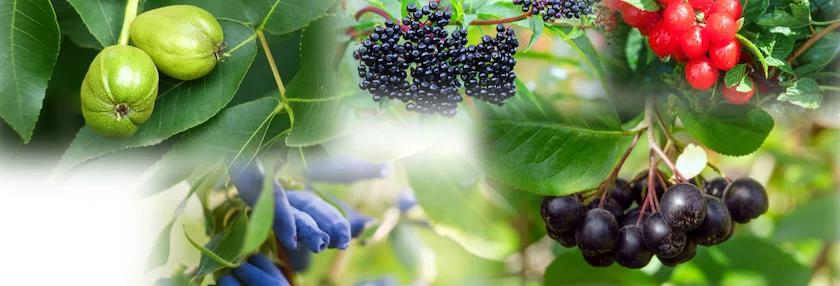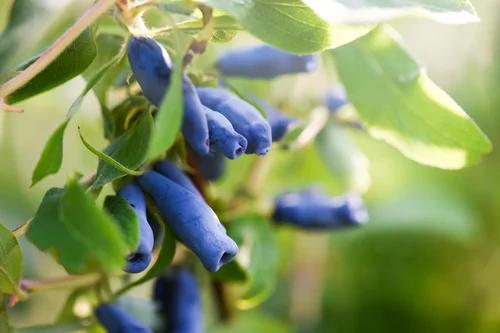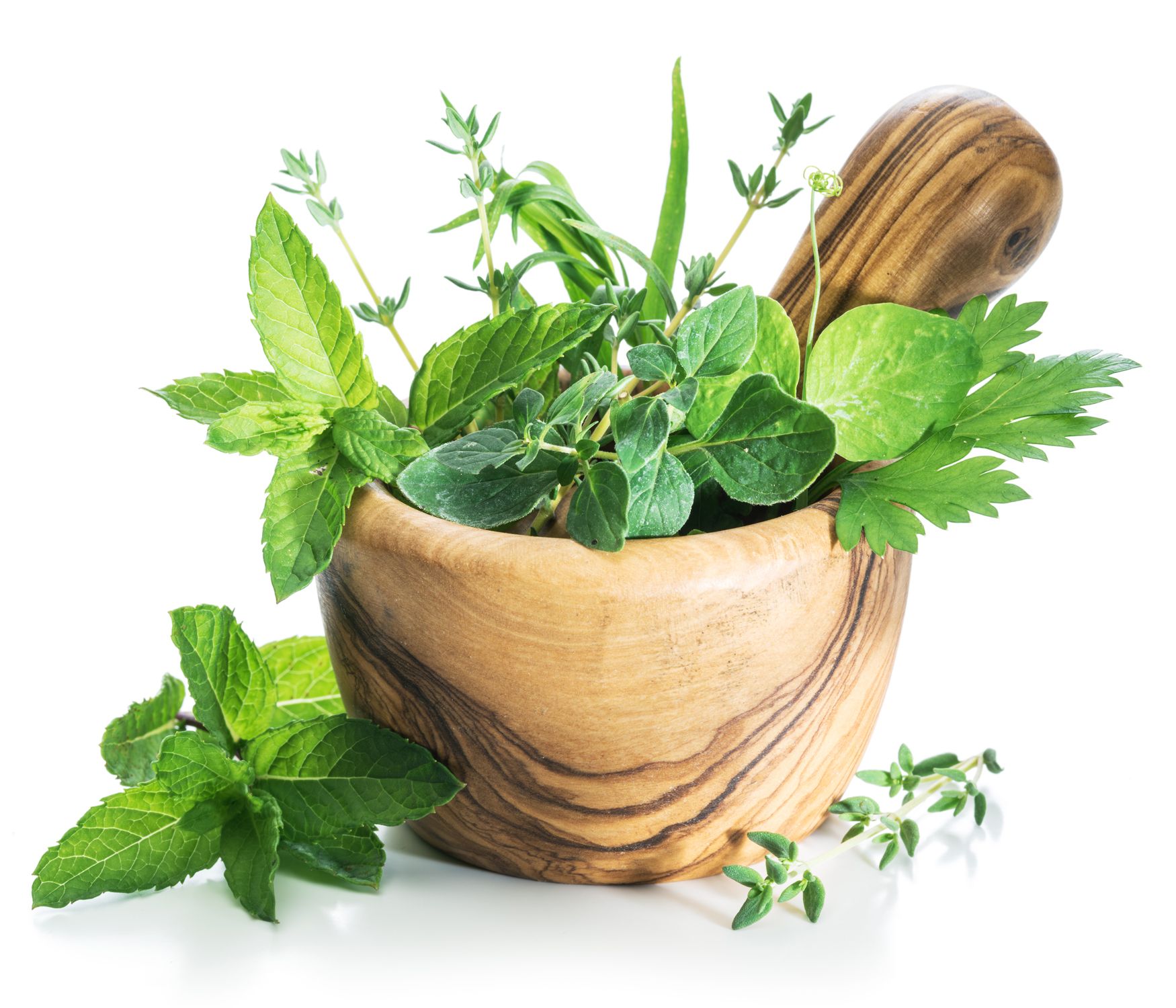5 Favorite Double-Duty Plants


Color, shade, fruit, and more are all possible
Gardens and landscapes are comprised of many different types of perennials, shrubs, and trees, most of which were inherited when we purchased our home. Often those plants were chosen and planted to provide a single practical purpose.
When folks visit the garden center, they usually have one main need for a plant to fulfill: “I need a shade tree,” or “I want shrubs for under a front window,” or maybe “I need a large bush to screen an unwanted view.”
When chosen wisely, many plants could meet these practical needs, but there are many plants that can do double-duty and provide great fall color, delicious fruits, or beautiful flowers for valuable pollinators, all while serving a functional purpose in our yards or gardens.
Here are 5 of Jung Seed Company’s favorite Double-Duty plants:
Aronia melanocarpa – ‘Nero’ Aronia or Low Scape™ Aronia (A.k.a Chokeberry)
These double-duty plants provide loads of beautiful, pollinator-friendly spring blooms and tart, dark purple berries that are high in antioxidants, vitamins and minerals that can be used for jams, jellies and juices. They are low maintenance, pest resistant shrubs that grow to only 3 to 4 ft. high and wide. Bright yellow to orange fall foliage rounds out their seasonal attraction.

These Aronia selections are native to eastern north America, which makes them extremely adaptable in sun or part shade, for USDA zones 3 to 7. Even in wet or periodically flooded areas Aronia are happy. They can start producing in only 1 to 2 seasons from planting.
Sambucus canadensis – American Elderberry
These north American natives are vigorous, fast growing deciduous shrubs or small trees for USDA zones 4 to 8 that produce large umbels of white flowers in spring followed by tart, dark purple berries that are rich in antioxidants, from July to September.

These easy-to-grow, double-duty plants prefer moist, organically rich soils and can be used as accent specimens, for large foundation shrubs, as fast-growing summer screening or vegetable garden companions, since their blooms are highly attractive to pollinators. Plants typically start producing 1 to 2 seasons from planting.
Prunus tomentosa – Nanking Bush Cherry
Extremely popular double-duty adaptable and cold hardy plants for USDA zones 2 to 6. They are beautiful ornamental small trees or large deciduous shrubs used as accent plants, hedges for screening, or for basic foundation plantings.

Early spring blooms are a welcome sight for early season foraging bees and other pollinators. Bright white to pink blooms produce shiny, luscious looking bright red edible but tart fruits for fresh eating, baking or for jam and jelly. Flowers, fruits and fall color make these easy-to-grow plants a great choice for any northern garden. Like other sour cherries, it takes about 3 to 5 seasons for them to mature to fruit bearing age.
Carya ovata – Shagbark Hickory
Hickory trees make wonderful large shade trees but pull double-duty to provide loads of sweet, fatty nuts prized by wildlife and humans alike. Shagbark hickory trees are one of the easiest, native trees for forest farming folks. Hardy for USDA zone 4 to 8, they adapt well to a wide range of soils and locations.

Slow growing initially, but once their taproot is fully developed, these trees are long-lived and reliably productive for years with first crops in 8-10 years. Big, green leaves turn bright yellow in fall and their interesting shaggy bark helps them stand out from other shade trees.
Lonicera caerulea – Honeyberry
Well-behaved, adaptable easy to care for, small to medium sized shrubs of 3 to 5 ft. with fragrant blooms that also produce loads of delicious blueberry-like berries high in antioxidants. These double-duty north American native edible fruiting honeysuckles are perfect for modern gardeners. Hardy for USDA zones 3 to 8, with first fruits in only 2 years from planting.

All varieties require cross-pollination, so do plan to plant them in rows or groups of more than one variety with a similar bloom period to reliably produce the best fruits.
About the author:
Daniel Goodspeed is a horticultural consultant working for Jung Seed Company’s 9 different catalog brands. His experience and writings cover a wide range of topics from edibles to ornamentals and encompass many diverse geographical regions of the U.S. His inspiring informational articles help gardeners to better connect their plants to their place. Daniel and his wife Lori, with their dogs Otis and Goose, split their year between the Midwest and beautiful northern Arizona.
Tags:Garden & Landscape

Acreage Life is part of the Catalyst Communications Network publication family.














